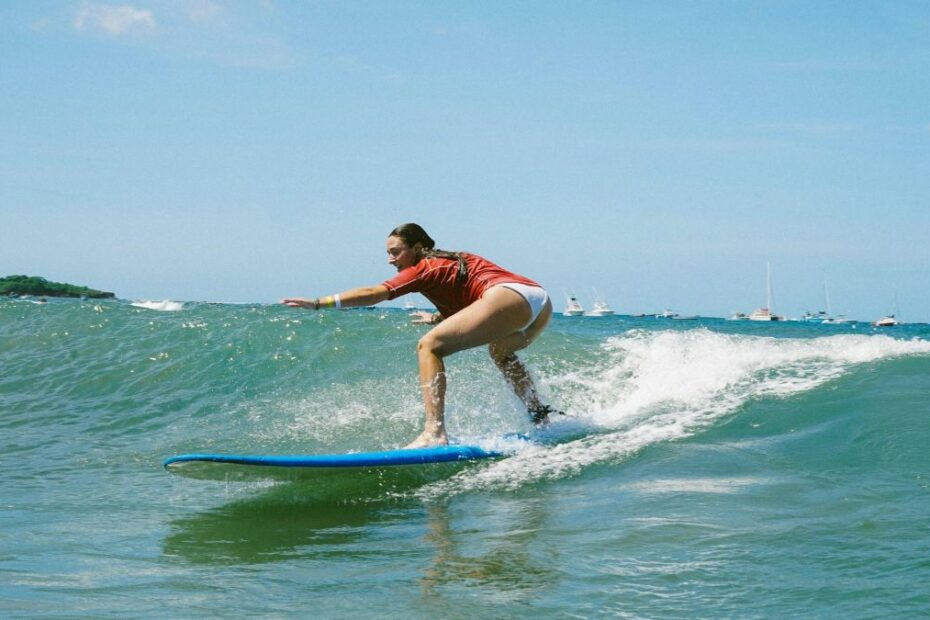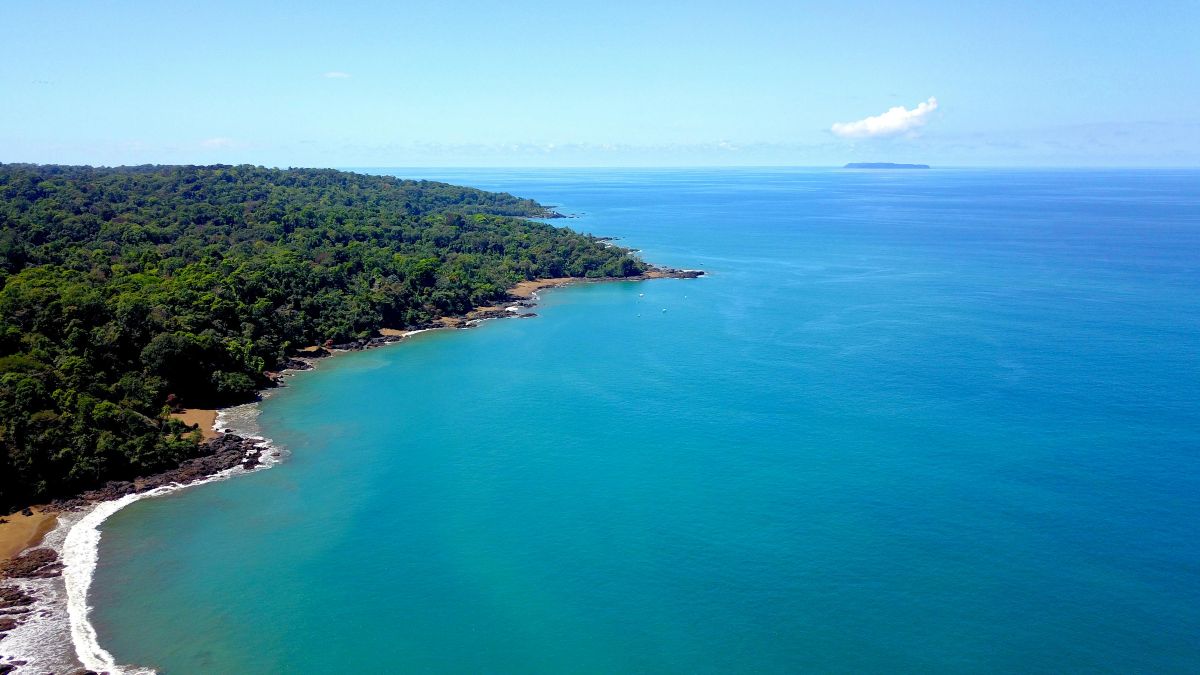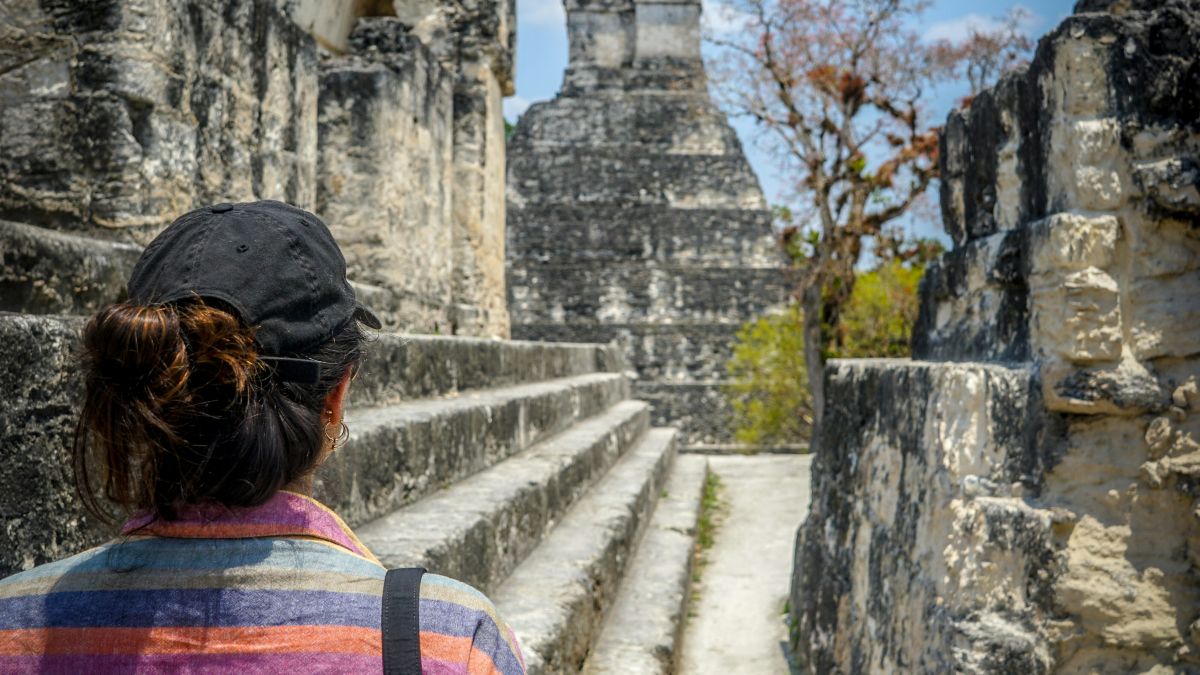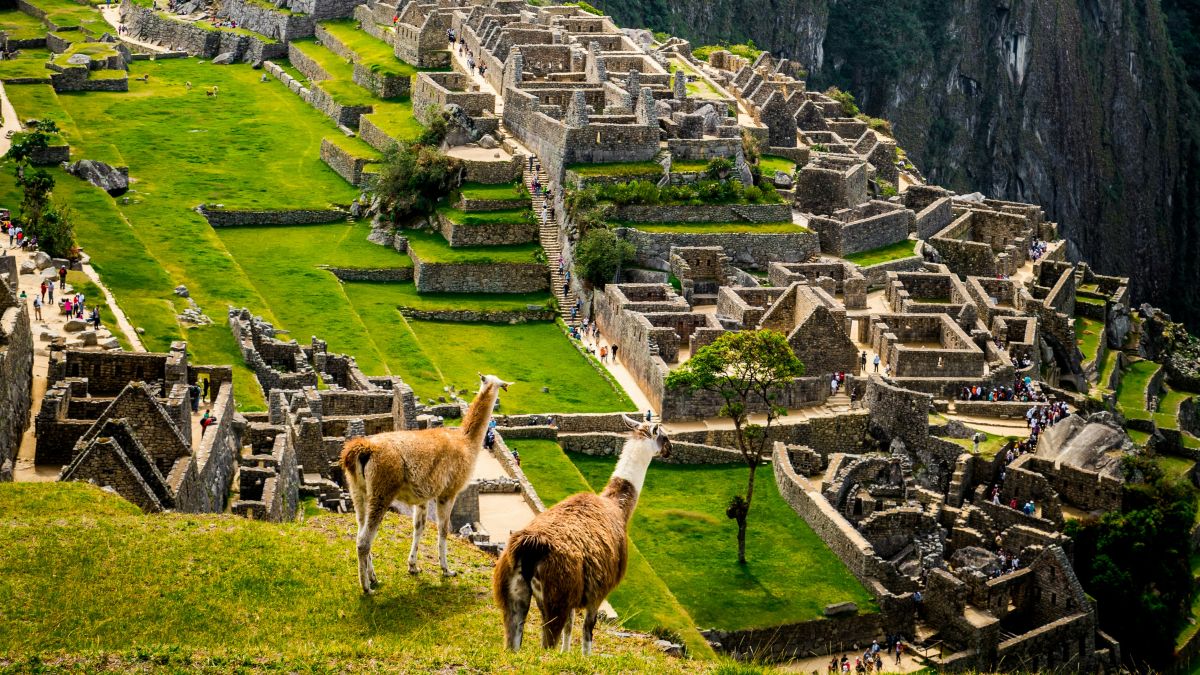Are you considering taking surf lessons in Tamarindo, Costa Rica? Follow along as Jocelyn Grzeszczak shares her first-time experience learning to surf in this Central American surfing mecca.
As I sat in the car on the drive to Tamarindo, I couldn’t help but feel a mix of excitement and nervousness. Taking surf lessons in Costa Rica wasn’t exactly a lifelong dream, but after spending some time in this beautiful country, I felt compelled to try one of its most popular activities. Tamarindo, after all, is one of Central America’s true surfing meccas.
In the early 1970s, adventurous surfers discovered Tamarindo’s uncrowded waves while camping in converted vans. Word-of-mouth about the consistent swells and laid-back vibes attracted a small but dedicated surfing community, leading to the emergence of guesthouses and surf schools.
The town gained global exposure with the release of Bruce Brown’s Endless Summer II in 1994, featuring epic rides at Witch’s Rock and Ollie’s Point. This exposure catapulted Tamarindo onto the international surf map, leading to a surge in tourism. Resorts and businesses catering to surfers flourished, turning Tamarindo into the successful tourist community it is today. Today’s Tamarindo is a lot more than a surf community, but still is, and always will be a surf community.
The drive to Tamarindo gave me plenty of time to contemplate what lay ahead. I’d heard stories of seasoned surfers being less than welcoming to newcomers, and the thought of embarrassing myself in front of them was a bit daunting. Before I knew it, we were pulling up to Iguana Surf, located right across from the beach. This surf school, at the northern end of town, where gentler waves are perfect for beginners, would be responsible for teaching me the basics of surfing.
Preparing for My First Surf Lesson in Costa Rica
We checked in, put our things in a locker, and I began loading on the sunblock. Someone must’ve taken mercy on my translucent skin because I was quickly given a black, long-sleeve rash guard. I started applying sunscreen to every inch of my body left uncovered. I was making my way down to my legs when the instructor said, “Don’t put so much on your legs, it will make the board slippery and you could fall off.” Great, I thought. We’re not even on the beach yet, and I was already a walking safety hazard.
View this post on Instagram
Surf Theory 101: Learning the Basics on Tamarindo Beach
Before I knew it, we were dragging our boards across the street and onto the sand for a surf theory lesson. We were in a small group and the instructor taught us the proper ways to paddle, stand up, balance, and dismount from our boards, all of which I was desperate to memorize. Then he went over some safety tips, like how to protect our heads from our boards after we fell off, and how to get off without twisting our ankles.
Facing the Waves: My First Tamarindo Surf Experience
When it was time to actually get in the water, I discovered several other concerns. I immediately began worrying about crashing into someone else, maybe one of those hostile, get-off-my-wave surfers I’d heard about. There seemed to be three layers of surfers: those closest to the shore, those in the middle, and those farthest out. Each layer appeared to have their own set of waves to surf, but the setup didn’t make sense to me.
I shared my thoughts with the instructor, who pointed out that those farthest back, where the largest waves were, were the most skilled surfers. They could move side to side without ever needing to come to the shore. And when they did, they were able to plan their surf to avoid us newbies. That was reassuring, but there was also something else – the issue of carrying my board through the water while trying to dodge the waves.
The Moment of Truth: Standing Up on My First Wave
When we finally made it out to the waves that we would be riding, the middle layer, the instructor helped me onto my board. Progress was immediately paused by the massive waves rolling towards us. I tried to roll off my board to safely let the waves pass, but wasn’t allowed. The wave grew closer until I felt myself getting pushed up and over the water, still on top of my board. It turns out that the instructor was underneath the entire time, diving into the wave while pushing me over it.
After conquering these waves, I was ready to actually try surfing them. I watched as surfers in the back layer curved up and over what I estimated were waves somewhere around six feet tall. I shared this observation with our instructor, who laughed and shook his head. “No,” he said, “the biggest one out there is about three feet.” I said there was no way, and he responded by turning my board around to face the shore. It was time to go.
He told me to keep my eyes on the horizon and stand up when he said so. Before I knew it, he had given the signal and I was pushing myself up. Right foot followed by the left, arms spread out like airplane wings to keep my balance. I wobbled a little, but I was standing, rapidly getting closer to the shore. This was amazing! I had gotten up on my very first try! I managed to ride the wave all the way into the shallow water and triumphantly hopped off my board.
Getting Into the Tamarindo Surf Experience
For the rest of the session, I repeated the routine of battling the waves to get back out there, flopping onto my board and standing up on command. I lost balance and fell off many times, but also managed to stay up a lot. And this was all while I had a drone circling above me, making sure to capture my every mistake.
By the end of it all, I was sad to be leaving the water and heading back to the shore. I’m not sure how much I would love surfing without the patient guidance of my instructor, but the lesson had convinced me to give it another try one day.
Reflecting on My Surf Lesson in Tamarindo, Costa Rica
Looking back on my experience, I realize that taking surf lessons is an enjoyable way to try something new and experience a key part of the local culture. The gentle waves, expert instruction, and supportive atmosphere make Tamarindo an ideal place for beginners to catch their first wave.
And you know what? No-one was hostile to me at all. Everyone was super nice and friendly during my first Costa Rica surf lesson!
Practical Tips for Your First Tamarindo Surf Lesson
If you’re considering trying surf lessons in Tamarindo, here are some practical tips based on my experience:
- Choose the right surf school. I went with Iguana Surf. They have a great reputation and the location is perfect for those just starting out.
- Arrive prepared for your lesson. Get there early to allow time for check-in and preparation. Bring sunscreen, but don’t apply too much on your legs as it can make the board slippery. Wear a rash guard if provided – it offers great sun protection and helps prevent chafing.
- Listen carefully during the beach lesson. The theory part is crucial for understanding proper techniques and safety measures. This knowledge will help you feel more confident when you get in the water and can make a big difference in your first attempts at catching waves.
- Stay calm in the water. Trust your instructor – they’re there to guide and protect you. Keep your eyes on the horizon when trying to stand up, as it helps with balance. Don’t be discouraged by falls – they’re part of the learning process and even experienced surfers wipe out sometimes.
- Embrace the local surf culture. Don’t worry about experienced surfers – most are friendly and supportive of beginners. Take time to observe other surfers and learn from their techniques. You’ll find that the surfing community in Tamarindo is welcoming and encouraging.
- Extend your stay if possible. One lesson is great, but a series of lessons over a few days can really help you progress. This also gives you time to explore Tamarindo and soak in the laid-back surf town atmosphere, making for a more complete and enjoyable experience.
If you find yourself in Costa Rica, consider giving surfing a try in Tamarindo. With the right instruction and a positive attitude, you might just discover a new passion on the beautiful waves of this Costa Rican surfing hub.




